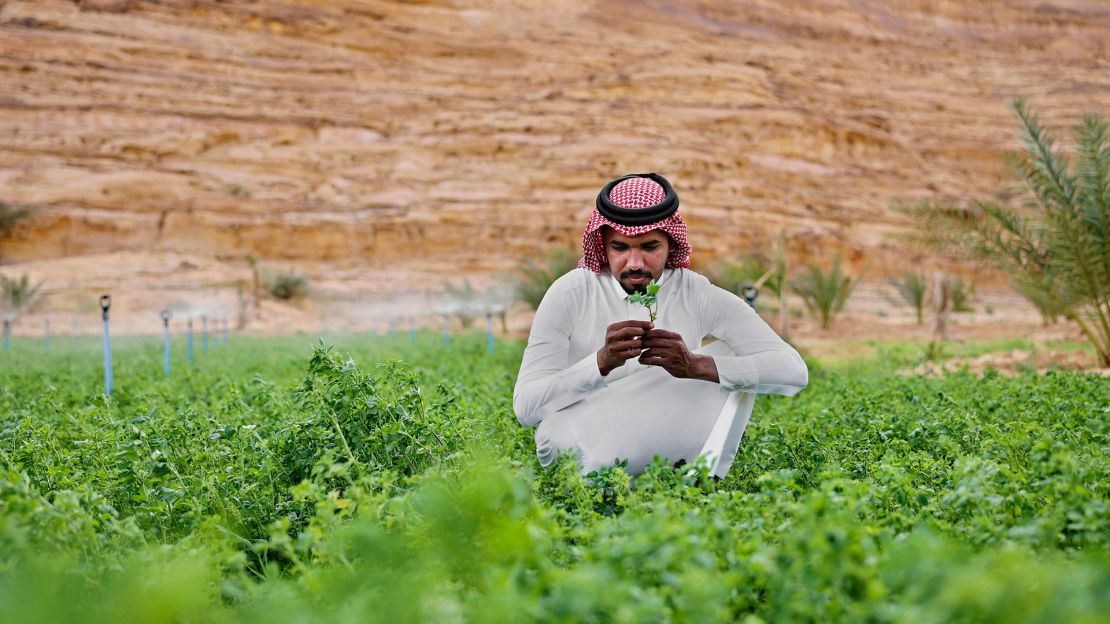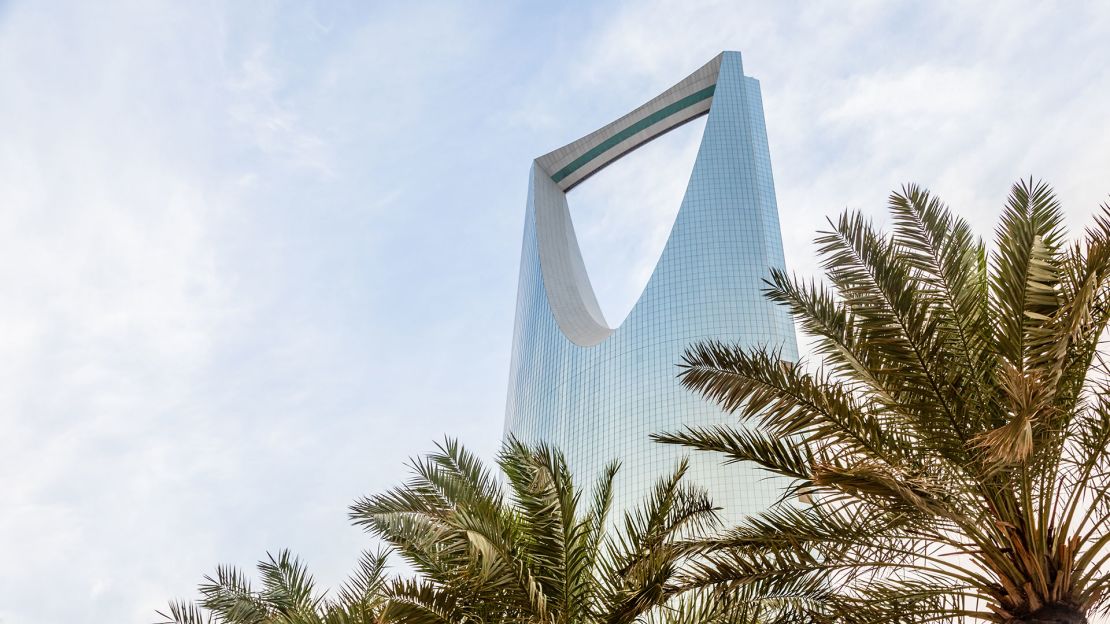For years, conversations around sustainability have focused on the global issues of climate change, carbon emissions, and pollution. But land degradation, drought, and desertification, caused by factors such as poor farming practices, deforestation, extreme weather, and drought conditions, are fast becoming issues affecting millions of people globally.
The 16th Conference of the United Nations Convention to Combat Desertification, or the UNCCD COP16, in Riyadh, Saudi Arabia, comes at a critical time when the increasing threat of land degradation needs to be met with rapid solutions to avoid a catastrophic and irreversible impact.
A global challenge
It’s easy to take land for granted. It is considered an infinite resource, self-regulating, and fertile. But accumulative human activities have degraded 40% of the planet’s land, with fresh water, food, and raw materials being taken and swapped for waste and pollutants. Currently, 3.2 billion people’s lives and livelihoods are impacted by this phenomenon, and this number is set to increase.
Unprecedented weather events and widespread drought can turn healthy land into an unproductive and inhospitable environment. Between 2015 and 2019, an area the size of Egypt was degraded yearly, bringing the total area of global degraded land to an estimated two billion hectares. When degradation takes hold, ecosystems fail.
Drought or deforestation, meanwhile, can lead to a collapse of flora, causing the fertile layer of topsoil to be lost to erosion. Once this vital layer is gone, the land becomes unproductive, and the whole area loses biodiversity—becoming a dead zone more susceptible to flash flooding and other weather conditions. Eventually, desertification sets in, and if left unchecked, it can spread.

Certain places around the world are already experiencing this at an accelerated rate. The state of California in the United States routinely suffers years-long droughts, threatening its status as the largest state producer and exporter of agricultural products. It’s a $49 billion industry which supports at least $100 billion in subsequent value creation. And that’s just one state; at present rates, land degradation threatens half of the global GDP.
The threat is less localized in other places worldwide, meaning vast swathes of entire continents become danger zones. North and Sub-Saharan Africa and the Middle East are particularly at risk; by 2050, the UNCCD estimates three out of every four people will face water scarcity.
The impact on communities when this occurs can’t be underestimated. If arable land is lost, millions could be forced to migrate, leaving behind homes in search for safety. But if action is taken now, crises can be averted.
International cooperation is key
With over $44 trillion in global GDP and the lives of billions at stake, the economic case for investing in sustainable change is clear. The UNCCD estimates that each dollar invested into land restoration could return up to $30 in value. While the Economics of Land Degradation estimates it could lead to an additional $1.4 trillion annually due to increased crop yields.

On the surface, it appears simple. Invest and reap the rewards. However, to realize these returns, the movement requires global cooperation between governments, businesses, and communities. Many countries adopted Land Degradation Neutrality (LDN) targets to halt degradation and restore damaged lands. However, global awareness, political and financial support is still lagging. In total, 1.5 billion hectares need to be restored by 2030.
The key to success is delivering sustainable change through robust action based on a shared sense of ownership and responsibility. Nothing should be viewed in isolation. The 2023 wildfires in Canada affected air quality in the United States. If crops fail due to drought in Spain, grocery prices will increase in the United Kingdom. And if certain parts of the world become uninhabitable, forced mass migration will displace entire populations around the world. The threat of land degradation is a shared burden.
Building on decades of success
In December 2024, COP16 dares its attendees to unite on bolder plans, shouldering an ambition to kickstart the next phase of change. A people-centered approach guides it, proclaimed through the theme ‘Our Land. Our Future’. COP16 will not only be the largest UN land conference to date but also the first in the Middle East, which has already experienced the damaging impact of desertification, land degradation, and drought, making the conference particularly meaningful.

The current goal focuses on achieving 2030 SDGs targets pertaining to land neutrality. Existing success stories include the Great Green Wall initiative in the Sahel, a region in Africa between southerly savannas and the Sahara Desert to the north, which will see 100 million hectares of land restored. And a decade after the Changwon Initiative was launched, it has successfully defined Land Degradation Neutrality, enabling 129 countries to align with its principles and work towards zero land degradation.
Since, we have seen a rise in the establishment of Land Degradation Neutrality targets. COP16 in Riyadh will likely prove a critical moment to enhance, expand, and strengthen these targets and mobilize the private sector and multilateral funding mechanisms to help deliver them.
There is a clear need to alter our attitude towards land. More must be done to prevent further degradation, restore affected lands, strengthen drought resilience, and ultimately, protect the lives and livelihoods of billions of people around the world.
The UNCCD COP16 in Riyadh is set to be a pivotal moment for the international community, giving them the guidance they need to tackle the driving forces behind many global crises. Be it water and food insecurity, climate change, biodiversity loss, or forced migration, it will motivate urgent action.
COP16 will take place in Riyadh, Saudi Arabia, from 2-13 December 2024. Learn more.




